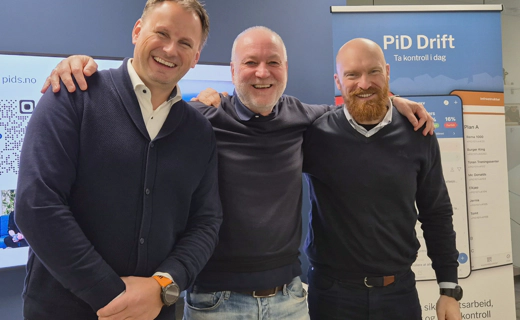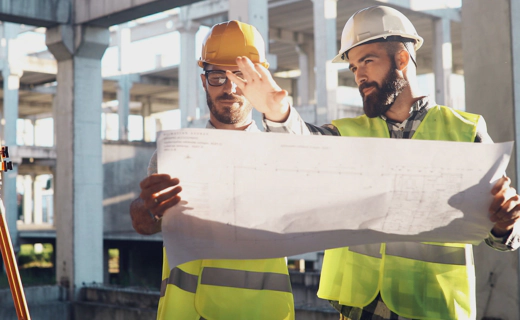Fire documentation in PiD Drift
2023-12-18 News PiD Drift
PiD Drift stands out by offering a holistic approach to systematic safety work. The internal control system not only covers basic requirements, but also has advanced functions and insights that support optimal property management for both property managers, operations personnel and other users of the properties.
In addition, PiD Drift is one of the few systems that offers, and streamlines, communication with tenants.
Legislation
The obligations that the owner of a building must fulfill are regulated in several places, but to the greatest extent in regulations on fire prevention, chapters 2 and 3.
By using PiD Drift, one will be able to fulfill one’s obligations, including fire documentation, in a satisfactory manner.
Relevant sections
§ 4 – Knowledge and information about fire safety in buildings
“The owner of a building shall know the fire safety requirements that apply to the building. The owner shall have knowledge of building parts, installations and equipment in the building that are intended to detect fire or limit the consequences of fire. The owner shall make the person who has the right to use the building familiar with the requirements that apply to the use of the building, and with all the characteristics of the building that are important for fire safety. If there are several people who have the right to use the building, the owner shall ensure that all use is coordinated in a way that contributes to preventing fire.”
The duty of the owner to have an overview and know the conditions in his building is extensive and must be documented, ref. § 10. In earlier analog times, this was the “fire book in the red folder” that had this information collected. Now this is maintained in the electronic archive in the operating system where you can store all necessary information and at the same time have the opportunity to search for content.
Relevant documents stored in PiD Drift can be:
- Fire concept
- Fire drawings
- Risk assessments
- Agreements entered into with external inspection companies
- System descriptions
- Instructions for use
- Procedures
PiD Drift also makes it easy to share necessary information with the tenants in the building, as the owner has a coordination obligation and must ensure that the tenants know enough about the building’s fire safety requirements to be able to fulfill their obligations, ref. §§ 11 -13.
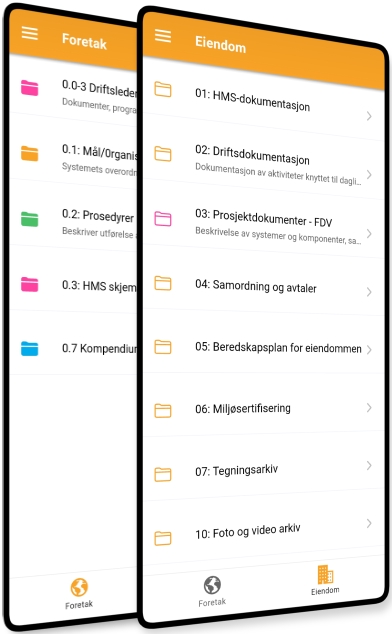
§ 5 – Inspection and maintenance of building components and safety devices
“The owner of a building shall ensure that building components, installations and equipment in the building that are intended to detect fire or limit the consequences of fire are inspected and maintained so that they function as intended. The inspection shall clarify whether the safety devices:
- meet the fire safety requirements that apply to the building
- function individually and together with each other.
The scope and frequency of the inspection shall be adapted to the safety devices and the size, complexity, use and risk of the building.”
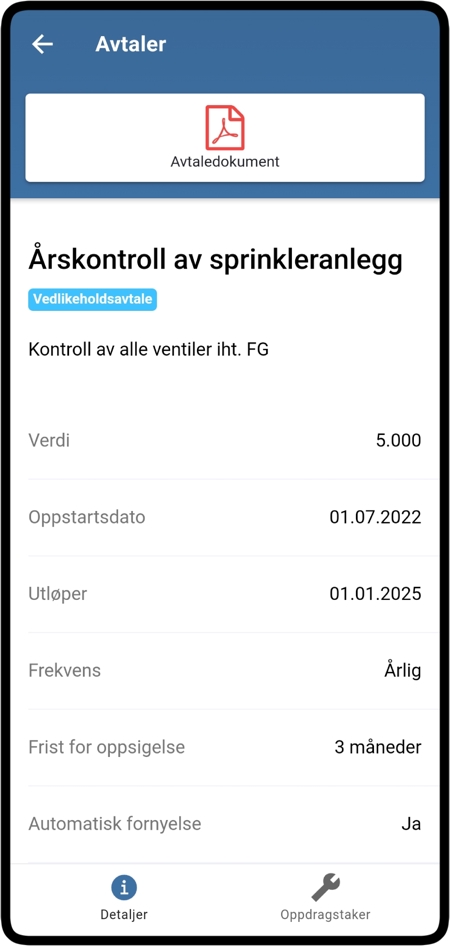
PiD Drift maintains and organizes all contracts and agreements that have been entered into with external inspection companies, including:
- sprinklers
- fire alarms
- manual extinguishing equipment
- emergency and guide lights, etc.
It has also been made possible that deviations that are discovered during external inspections can be easily registered in the system for further processing. This will lead to the deviations being followed up and closed. All deviations are automatically forwarded to a user with the necessary expertise to assess how, and when, the deviation should be closed. All activities are logged and will be traceable afterwards for documentation. The operating system has a module for self-control through forms and QR codes that will log what, where and when all checks are carried out.
In this way, businesses will, through PiD Drift, get a good overview of “where the shoe is pressing” and thus be able to adapt to the current situation. This way, you will constantly improve in your systematic safety work.
§ 8 – Upgrading of buildings
“The owner of a building shall ensure that the safety level of the building is upgraded so that it at least corresponds to the level resulting from the overall requirements given in the Building Regulations of 15 November 1984 No. 1892 or later building regulations. The upgrade may be carried out by means of building technical measures, other risk-reducing measures or a combination of such. The upgrade obligation applies as far as it can be carried out within a practical and economically justifiable framework.”
A fire concept that has assessed the current condition against relevant building regulations and assumptions made in previous building cases ensures and documents the obligation in this point. PiD Drift will organize any measures that are pointed out in such a survey and process these towards improving the measures.
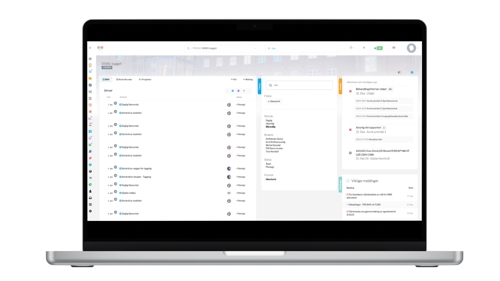
§ 9 – The owner’s systematic safety work
“An enterprise that owns a building shall set goals and implement plans and measures to secure the building against fire. The enterprise shall implement:
- routines that ensure that the fire safety requirements that apply to the building are complied with
- routines to identify, correct and prevent deficiencies in building parts, installations and equipment that are intended to detect fire or limit the consequences of fire
- routines to identify, correct and prevent deficiencies in the systematic safety work. The systematic safety work shall be adapted to the size, complexity, use and risk of the building.”
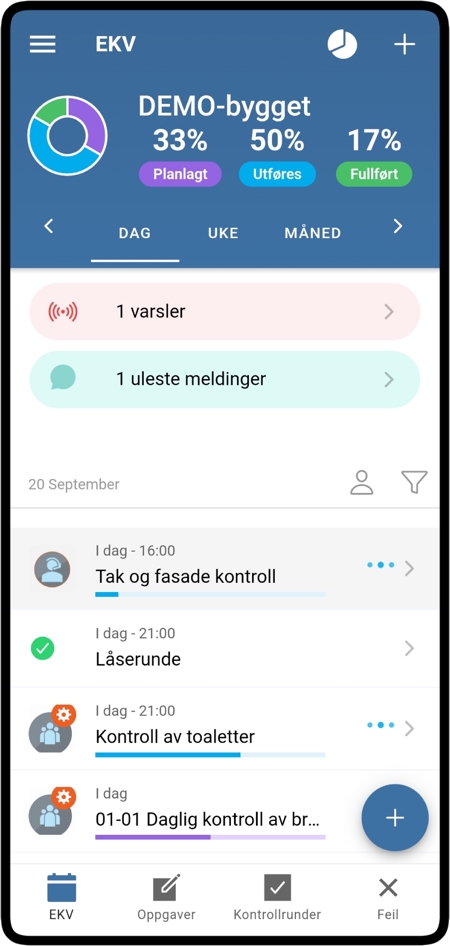
The routines that have been prepared in connection with self-control, ref. § 5, will produce in PiD Drift work tasks that ensure that any errors and deficiencies that are discovered, both through internal controls and external controls, are processed and corrected if necessary.
When and how this is corrected is documented and logged in PiD Drift.
PiD Drift makes it possible to see statistics for what has been found and corrected over time, and on this basis consider changing both routines, procedures and products in order to constantly improve and in this way prevent future deviations.
Routines that ensure that the requirements for fire safety in the building are largely covered by inspection rounds with QR codes. If errors or deficiencies are discovered, this can be reported directly at the various control points.
§ 10 – Owner’s documentation
«A business that owns a building shall document that the business’s obligations under § 4 to § 9 have been fulfilled.»
All activities carried out in PiD Drift will be documented. By having good routines where the activity is “tagged” correctly, the possibilities for sorting and searching for relevant information will also be extra large. It will also be possible to extract reports and statistics that are adapted specifically for the topic in question. History is available for all deviations, tasks, inspection rounds and digital forms that are registered in the system. This makes it easy to show how you work systematically with safety work. The archive system has replaced the old fire book and contains all documentation that users have uploaded, in addition to previous versions.
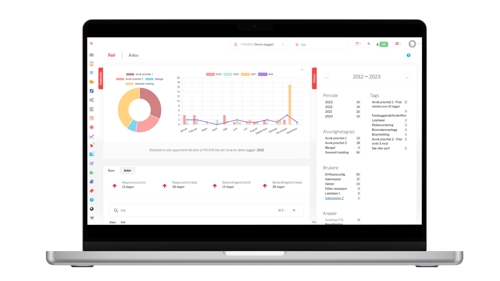
§ 11 – Fire-safe use of buildings
“Anyone who has the right to use a building shall:
- ensure that the building is used in accordance with the fire safety requirements that apply to the building
- avoid unnecessary risk of fire, and ensure that escape routes maintain their function, including that accessibility is not reduced
- inform the owner of changes, deterioration and damage to the building or safety devices that may affect fire safety
- in the event of conditions that significantly reduce fire safety, immediately implement extraordinary measures until the risk is normalized.”
Since the owner (who is a business) of a building has a coordinating responsibility when it comes to fire safety on the property, routines can be drawn up for how all tenants must deal with the fire safety requirements that apply to the building. This is distributed in PiD Drift, so that it is available to both the owner and user. Tenants also have the opportunity to contact/notify the owner through their user in PiD Drift. Routines can also be prepared that describe what a tenant can do without asking the owner and what they must ask the owner about before implementing them. Tenants have access to all relevant information about fire safety in the building through PiD Drift. Self-inspection forms reveal whether the building is being used in accordance with current fire safety requirements.
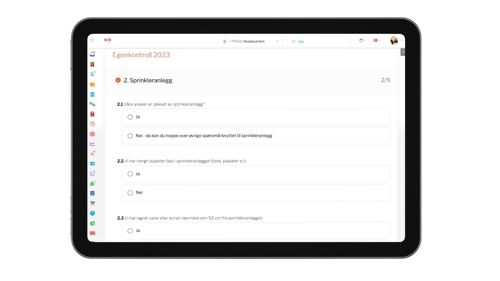
§ 12 – The user’s systematic safety work
“An enterprise that has the right to use a building shall set goals and implement plans and measures to reduce the risk of fire in the building. The enterprise shall implement:
- routines that ensure that the building is used in accordance with the fire safety requirements that apply to the building
- routines for evacuation and rescue in the event of a fire in the building
- routines that ensure that persons with a workplace in the building have sufficient knowledge and skills in preventing and fighting fire
- routines that ensure that everyone who is in the building receives sufficient information on how to avoid fire and act in the event of a fire
- routines to identify, correct and prevent deficiencies in the systematic safety work.
The systematic safety work shall be adapted to the risk of fire resulting from the enterprise’s use of the building.”
The owner can prepare fire instructions and fire procedures to fulfill his coordination duty, which describe what the tenants should do to prevent fires and to fight fires. The instructions and procedures are made available in PiD Drift. Fire drills can also be organized jointly, so that all employees receive the necessary training. In this way, the user has the correct and necessary skills at all times. The training can be both digital and analog.
Prepared fire instructions and evacuation plans will be available to each tenant. Escape plans that are designed to provide the public with sufficient information to avoid fire and how to act in the event of a fire (evacuate), will be available to all tenants at all times in the system. It is easy for the owner to have an overview of who has completed the necessary training on the property and who lacks this training.
As previously mentioned, control can also be carried out using digital forms, and errors can be identified and reported in these. Tenants also have the opportunity to report errors and deviations directly in the system.
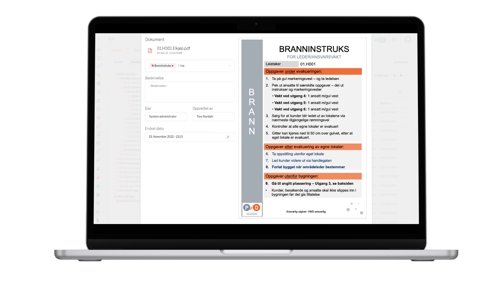
§ 13 – User documentation
«A business that has the right to use a building shall document that the business’s obligations under § 11 and § 12 have been fulfilled.»
All activities carried out by the users (tenants) in PiD Drift will be able to be documented. Such as digital forms, course reports and reported errors. Tenants also have their own archive where they can upload documentation relevant to their premises. Information can also be added if the tenant stores flammable goods, and whether they have their own escape route.
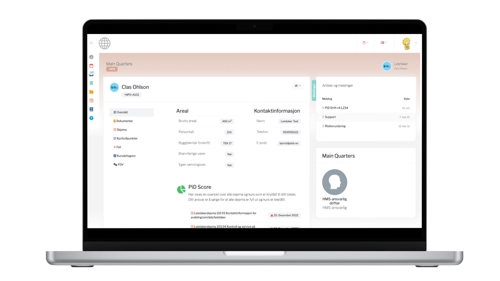
Control by the authorities
PiD Drift is a very good tool that can prepare for an inspection by the fire department and, if desired, give the fire department the opportunity to prepare itself through limited access to the system.
The system will document all the duties regulated in regulations on fire prevention (§§ 4-13), and present them to the supervisory authority in such a way that they see that the duties have been carried out and that the building’s owner and users are working well with systematic safety work.
